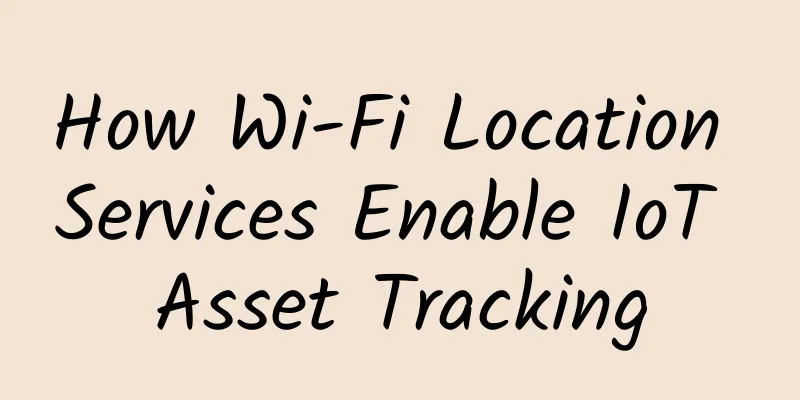What is edge computing and how will it impact businesses?

|
The process of transferring data remotely involves copying files from an office workstation to a disk and then to a home computer. Gone are the days of copying data to floppy disks and other disks, and we are seeing the rise of edge computing. But many companies are asking themselves, what is edge computing? What is edge computing? In the early days of the internet, we were accustomed to waiting - waiting for pages to load, waiting for responses from websites, just to be "online." In today's world, we rely on the internet for everything from social media posts, to grocery ordering, to national defense. In fact, the internet has evolved from novelty to necessity, as the internet is the backbone of cloud computing.
The edge of the cloud The word “edge” comes from the abstract geographic area where distributed computing occurs in today’s cloud technology environment. Generally speaking, “cloud computing” consists of a group of connected servers that are clustered together to prevent server-level failures. These server cluster arrays are owned by providers such as Microsoft (Azure), Amazon (AWS), and Google (GCP), forming a vast array of data centers dispersed around the world. The location of these data centers protects against geo-centric disasters, but also helps mitigate an important issue in data processing and the end-user experience: latency. Not just about public cloud Public clouds are not the only source of centralized computing and storage. Almost every business in the developed world has some form of computerized footprint. It could be just a server located under a cash register or in a storeroom, or it could be a private cloud comprised of an array of servers in a company office, a dedicated company data center, or a data center at a co-located location. Latency is an issue for any company that needs to process large amounts of data so that it can be returned to the end user quickly for a split-second decision or presentation. This is true whether it refers to a large public cloud hosted in rented hardware or a private cloud hosted in a data center. Edge computing definition Edge computing seeks to reduce latency in processing by providing computation closer to the source of the data, in the cloud. This computation may occur on the IoT device itself, like the one NVIDIA is developing for self-driving cars, or a company may use it to provide a specific service - like Apple, for example. In the case of NVIDIA and other companies developing self-driving car technology, overcoming latency is a matter of life and death; for Apple, reducing latency not only results in a better end-user experience, but also addresses concerns about data privacy violations. By shortening the runway that network traffic needs to deliver some form of computational result, edge computing addresses latency, security, data privacy, and health and safety issues. Even if the processing/collection of data occurs off-device, the processing and storage of data can still be considered edge computing. As storage and computing devices begin to proliferate in the cloud, processing can still occur near the edge of the cloud and therefore be considered "edge computing." For example, network provider companies are scrambling to offer edge computing devices close to network access points (such as cell towers) due to concerns about being excluded from cloud economics from a provider perspective. |
>>: What hurdles do 5G mobile phones need to overcome before they can be launched on the market?
Recommend
Layer.ae: AMD Ryzen9 7950X series from $15/year, Singapore/US/UK data centers
Layer.ae was founded about three years ago and is...
Big data, 5G, and surgical robots are changing healthcare
The healthcare sector has also benefited from the...
How to integrate network management tools
In the process of curbing the proliferation of ne...
4G+ broadband is advancing rapidly: China Mobile's dual-line network is killing China Unicom
China Mobile and China Unicom both announced thei...
China Mobile's Cai Qian: 5G transmission is ready, SPN is about to usher in a new era of bearer
At present, 5G has become a hot topic in the indu...
South Korea's largest telecom operator's server failure caused widespread Internet outages
According to CCTV Finance, starting at 11:20 a.m....
TNAHosting: 500GB hard drive VPS from $4 per month, 4GB memory VPS from $4 per month
TNAHosting recently held a Happy Near Year event,...
The future development trend of the Internet will transition from HTTP to IPFS
We know that IPFS is a new Internet underlying pr...
Let's talk about the TCP/IP protocol processing flow
When a user uses a command with the TCP/IP appli...
How awesome is the next-generation camera polished by the Virgo Huawei technical team? A favorite for detail lovers!
[51CTO.com original article] Can cameras also tak...
The American Internet is about to undergo a major change: Is the protective umbrella Section 230 really going to disappear?
"Revoke 230!" US President Trump wrote ...
How to calculate 5G backhaul bandwidth?
[[353172]] This article is reprinted from the WeC...
5G packages in various countries are ridiculously expensive! How is 5G priced in my country?
In 2019, 5G communication technology gradually be...
Telecommunications industry becomes the largest AI market and will reach an important turning point in 2021
Tractica/Ovum, a world-renowned market research c...
5G starts with the network taking the lead. H3C MSR 5G router promotes the implementation of 5G applications
In the era of the Internet of Everything, 5G, as ...









